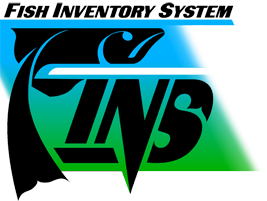Data Modules
FINS database is organized into data modules that span hatchery production from adult broodstock collection to egg and juvenile releases. Information on an individual fish or a group of fish can be tracked across all modules. Partners access data from the online system to support real-time decisions, annual reports, and assess mitigation efforts. A video providing an overview of how FINS supports its users’ data needs is located at the bottom of this page. For technical details see Tech Overview.
The following provides a description of each module and the associated data submittal process.
Trapping
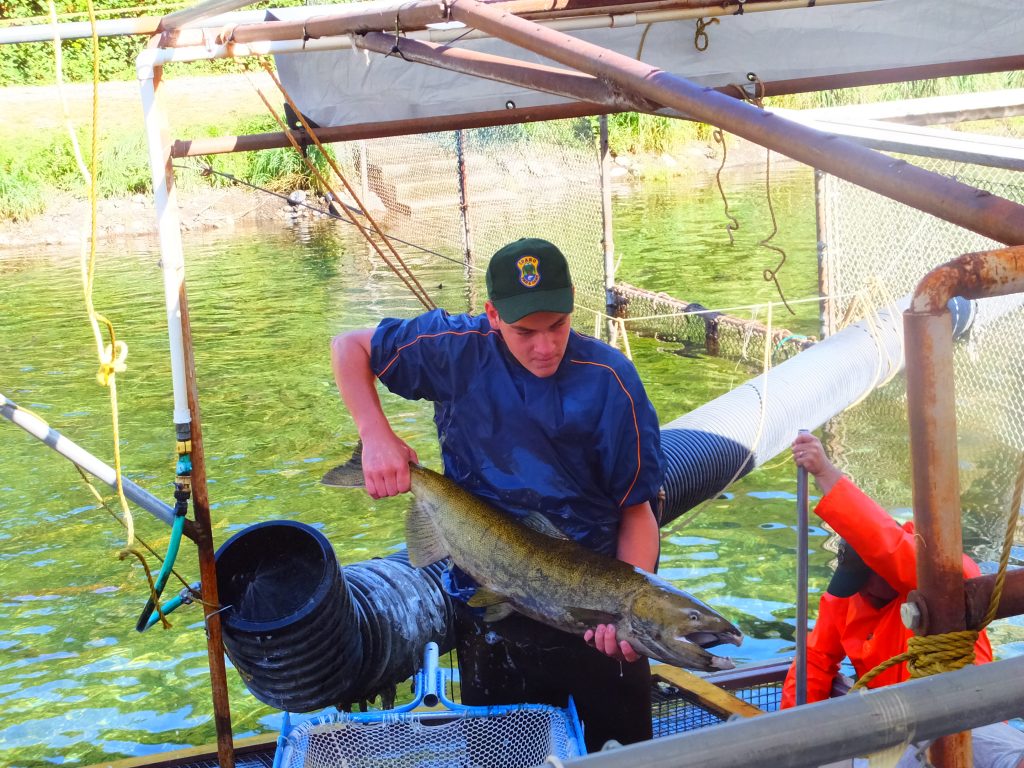
The Trapping module has data on fish that are collected, how they are handled, and for what purpose fish are kept or released, such as selected for hatchery broodstock or released back into the river.
The Trapping Data queries provide access to both summarized trapping and individual fish trap data such as:
- Total number of fish trapped.
- Fish species and if tagged.
- Length and calculated age of fish.
- Whether the fish was kept, released, etc. and for what purpose.
Data for this module can be submitted by using the Trapping Import tool, FINS Offline desktop application, and FINS Online tool.
Holding
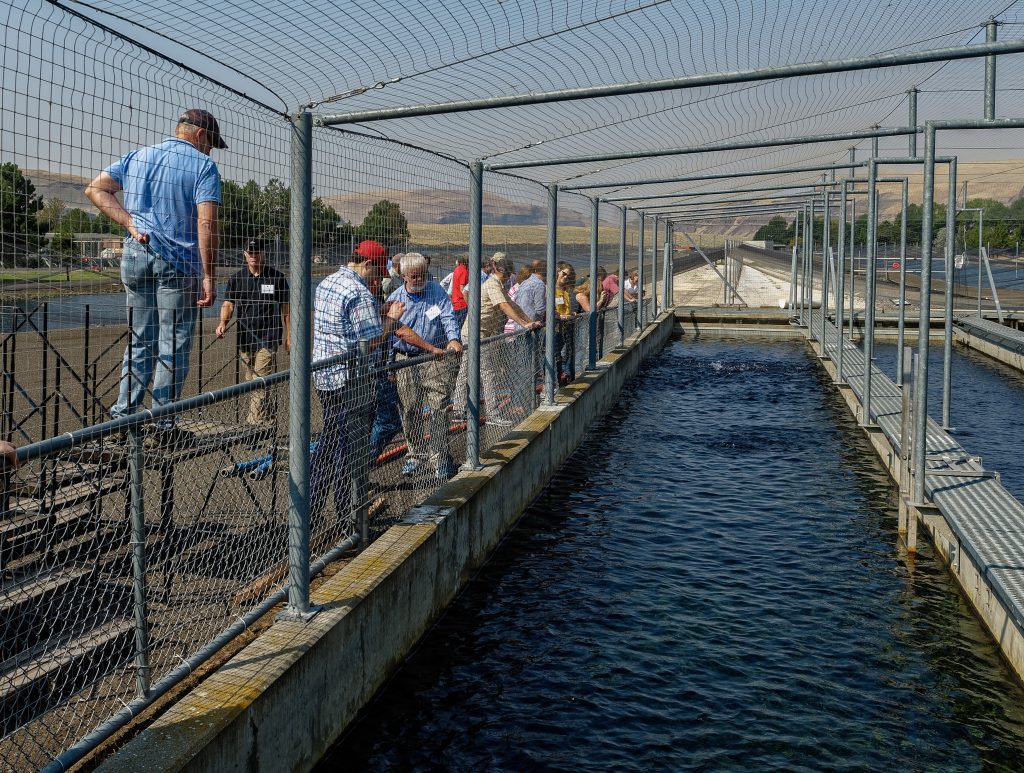
Fish collected at a trap are moved to holding ponds until spawning. Information collected during holding or transfer is presented in the Adult Holding module.
The Holding Data queries generate individual fish and summary information such as:
- Maturation history and current status.
- Facility-of-origin if not collected at the current holding facility.
- If the fish died while in the pond or was transferred to another pond or facility.
Data for this module can be populated using the FINS Trapping and Spawning Import Tool, and managed using the FINS Online tool.
Spawning
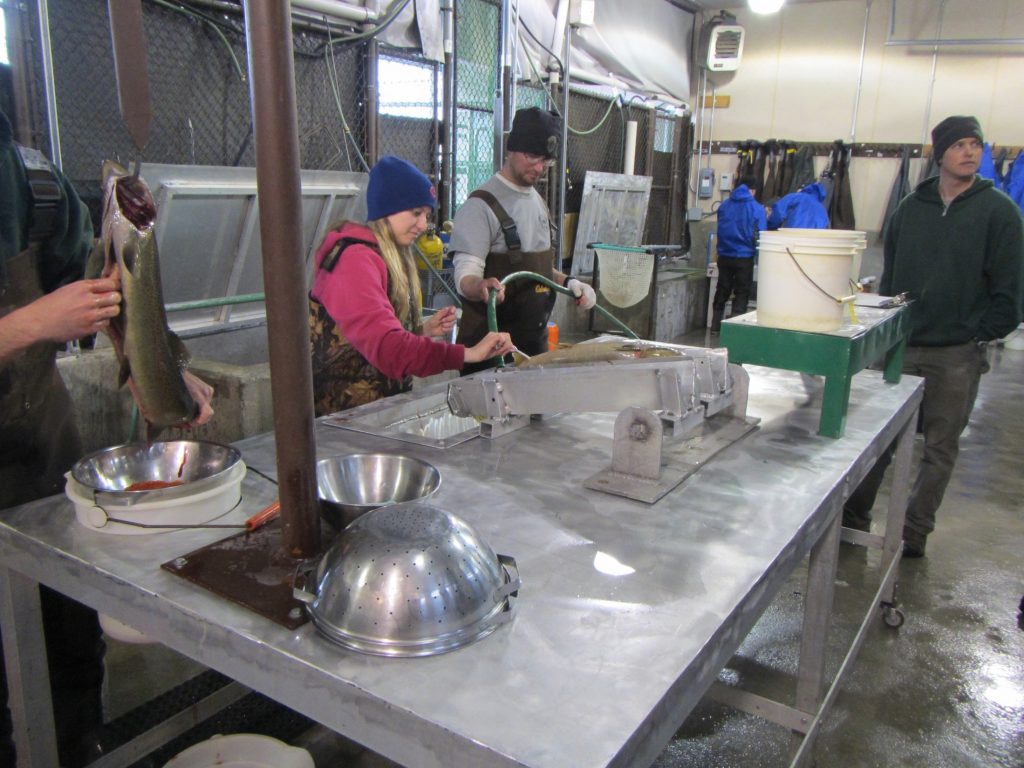
During spawning, eggs are collected from ripe females and mixed with milt collected from males to complete fertilization.
The Spawning data queries can generate fish specific summaries, such as:
- Whether a fish was or was not spawned.
- Why a fish was not spawned and if it was put back into holding for re-use, released, distributed or disposed.
- Estimated number of eggs taken and in what container they were placed.
- Number of females spawned.
- If samples were taken for parental based tagging.
Spawning data can be submitted to FINS using the Spawning Import tool, FINS Offline tool, or FINS Online tool.
Once eggs are fertilized some are released as eyed-egg outplants, transferred after eye up, or kept until they hatch. Information about what happens to the eggs during incubation is submitted to FINS. The information is linked to the Spawn Cross and follows the Egg Take.
The incubation data is organized by brood year, container hierarchy, and individual female. Some information accessed includes:
- Updated count of eggs incubated.
- Percentage of egg loss or that reached the eyed-egg phase.
- Mortality level for eggs from a specific female and by container.
Data for this module can be submitted using the FINS Online tool or Incubation Import tool. The Incubation Import tool will auto populate the Spawning module.
Incubation
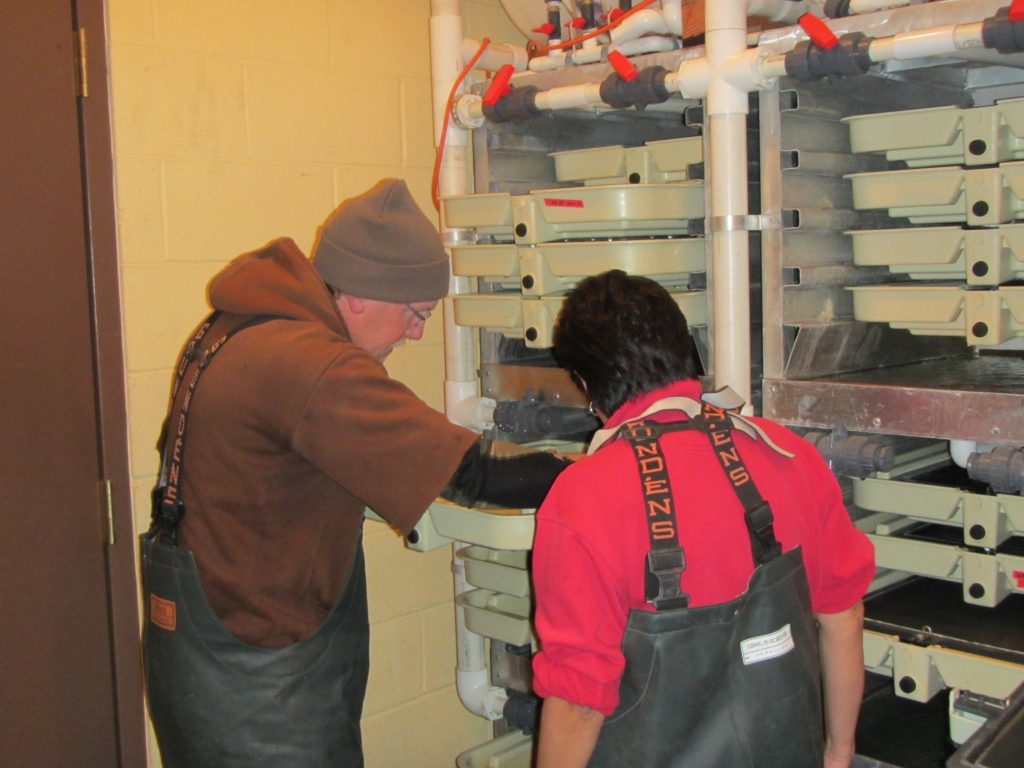
Information on what happens to juveniles while they are rearing inside tanks and ponds is captured in the Rearing module. This information is linked to the Rearing Groups used during incubation. Information that can be queried includes:
- Current inventory, including number of fish loss or moved.
- Information on how much food was provided and other rearing metrics.
- Mortality and loss.
- How the fish were marked and/or tagged, and what percentage of tags were shed after marking.
- How the number of fry was estimated.
Data for this module is entered directly using the FINS Online tool or the Rearing Import tool. The Rearing Import tool will auto populate the Incubation and Spawning modules.
Rearing Juveniles

When fish reach a certain life stage, they are either released directly from the hatchery, transferred to an acclimation site, or transported to a direct-release location.
The FINS Release Data queries provide access to information related to how, when, and where a group of fish was released. Some of the information accessed from these queries includes:
- Life stage and size at time of release.
- Location, latitude and longitude, and date and time of release.
- Purpose of the release.
- Spawn cross genetic sample data for parental-based tagging (PBT).
- Parental-based tagging rate and tracking rate.
Release information is entered directly using the FINS Online tool.
Releasing Eggs, Fry, or Juveniles

Supporting Decisions, Reporting, and Assessments
Learn about real-life uses by viewing the following presentation that highlights how FINS is used to inform hatchery management decisions, support yearly reporting, and assess progress towards mitigation targets.
Note: the example data shown in the video is for demonstration only and should not be used for other purposes.
